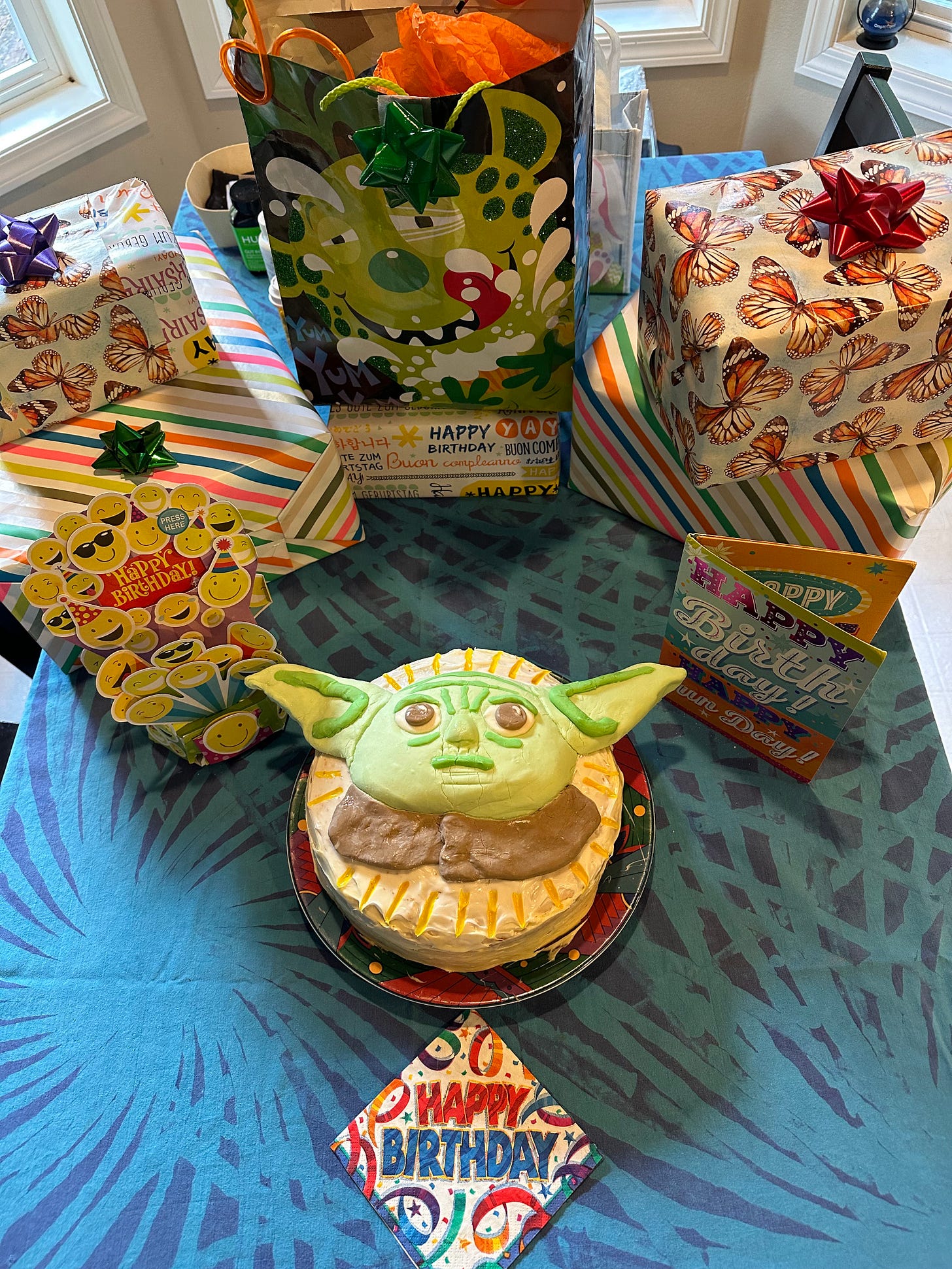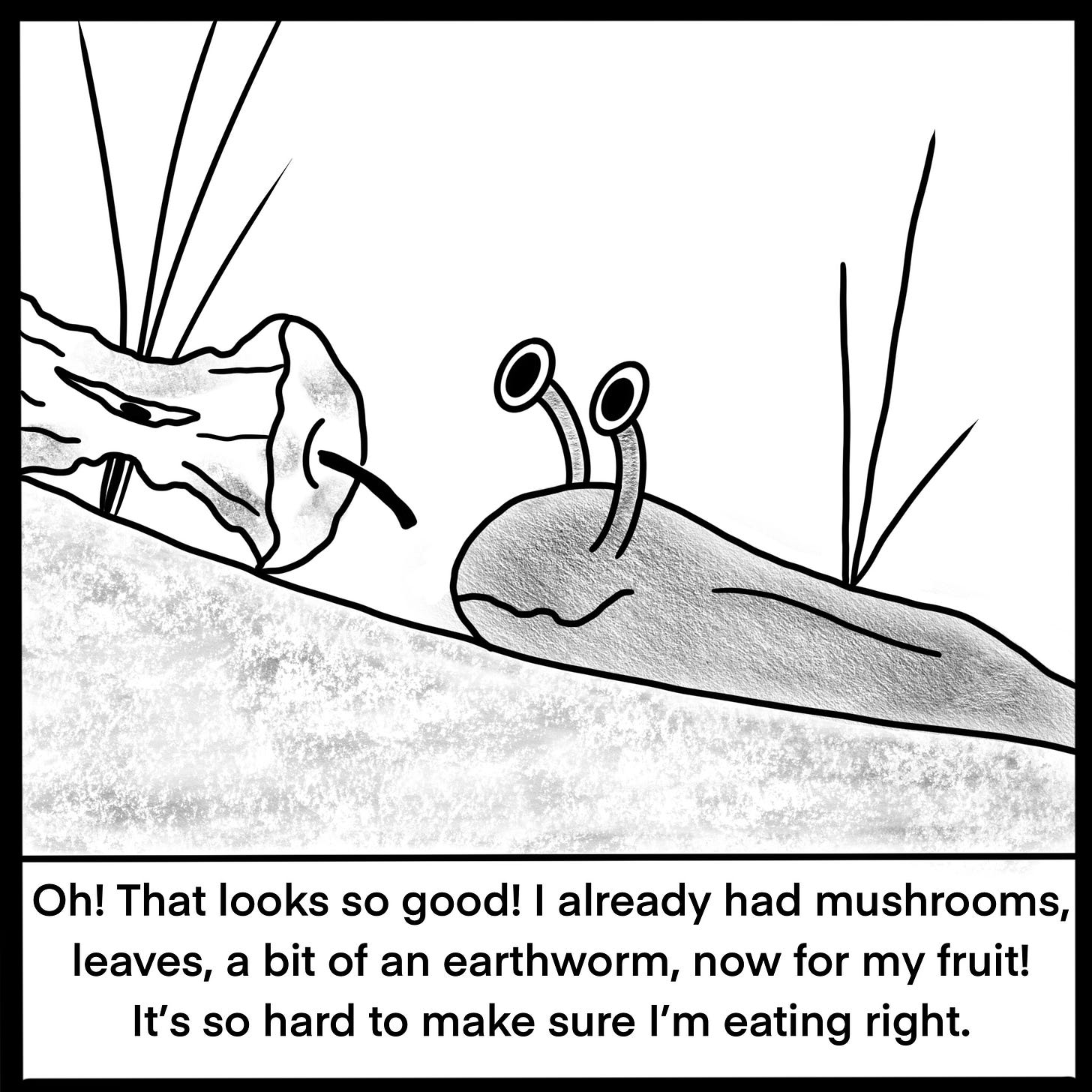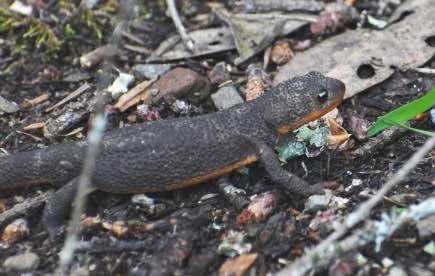Greetings fellow animal-lover!
I’ve enjoyed writing about this week’s creatures and looking at all the adorable pictures of them. I always try to find really good ones to share, but it can be challenging with copyright, permissions, and all that. If you ever want to see the featured creature in motion, YouTube almost always has really interesting videos on all of them.
This Week
It’s been a busy week around here. My wife and I took a 3-day course together on Getting Things Done that was really good. I think the concepts will be super useful for helping both of us organize all of our to-dos and stay on track.
Thursday was my wife’s birthday and today (Friday) is my son’s 21st birthday. He’s going away for the weekend, so we will be celebrating with him on Monday. For the cake lovers in my family, I usually bake and decorate a special cake. I’m not great at all the fancy decorating stuff, but I have enthusiasm and heart. Here’s the cake I made for my wife:
Full Speed Ahead
What About…?
5 Cute Creatures You Might Not Realize Are Venomous or Poisonous
You probably aren’t surprised when you read about black widows or coral snakes being venomous, but what about little mouse-like shrews? Surprising, right? Today I am going to share some of those types of surprises with you.
First, it’s good to know the difference between venomous and poisonous. Somewhere I once learned an easy way to remember. If it bites you and you get sick or die, it’s venomous. If you bite it and get sick or die, it’s poisonous.
Short-Tailed Shrews - These little furry guys are closely related to moles. They have a toxin in their saliva that is used to kill or paralyze their prey, including mice, moles, snakes, salamanders, slugs, and insects. Their bites can harm dogs and cats, and even humans will experience significant pain. They are the only venomous mammal in North America.
Platypus - Yes, these oddly adorable mammals are venomous, as we discussed in a previous issue of Captivating Creatures. Rather than biting their prey to inject venom, the males use a sharp spur on their hind legs to defend against predators. They are the most venomous of the very few venomous mammals. Though there have been no documented human deaths, being spurred by a platypus is said to cause extreme pain and swelling for several days, or even months.
Slow Lorises - If you don’t know what one looks like, go look it up. (Couldn’t find one I could legally share. Ugh!) They are cute, for sure. Slow Lorises are nocturnal primates with very large eyes. They are about the size of a small squirrel. They are another of the very few venomous mammals but the way in which they use their venom is neither for killing prey nor discouraging predators, though that seems to be a happy side effect for them. Instead, they use it against each other in territorial issues with other slow lorises.
To activate the venom, there is a gland in their upper arm that they lick. The saliva combines with the venom to create an extremely toxic and painful reaction in whatever they bite. Humans experience their bites as extremely painful, causing a variety of symptoms including heart and respiratory symptoms, and even anaphylactic shock which could lead to death.Flamboyant Cuttlefish - These cephalopods are about 2-3 inches (6-8cm) long and are related to octopuses. They have two tentacles, used for striking out at prey, and eight arms, used for walking along the ocean floor. Flamboyant Cuttlefish are highly poisonous, so should not be eaten - by anything, including humans. They use their ability to change colors to warn predators away. In nature, bright colors often mean, “I am dangerous and not worth eating.”
Rough-Skinned Newts - These cute salamanders may just remind you of Toothless from How to Train Your Dragon. I was surprised to learn they are the most toxic newt in Washington, mostly because I didn’t know any newts were poisonous. So, don’t eat them; don’t lick them. (Read more about rough-skinned newts below.)
Exploring More
Rough-Skinned Newt
As you can see, rough-skinned newts are kinda adorable. Isn’t it ironic that I just mentioned above that these guys are poisonous, and now here’s someone handling one? This person could end up with a bit of contact dermatitis and should definitely wash their hands, but as long as they do not eat it or lick it, they should be fine.
Rough-skinned newts are a type of salamander that grows to about 6-9 inches (15-20cm) in length and are generally brown or black, but may also be tan or yellow. A really distinctive feature is that their undersides are bright red, orange, or yellow.
Their bright bellies serve a purpose, just like the flamboyant cuttlefish mentioned above, it is a warning to predators that they are dangerous. A threatened rough-skinned newt will often perform what looks like an intense yoga pose, pulling its head back and curling its tail up over its body revealing the bright underside. Sometimes the newt will actually bend into a complete circle, resembling an artistically-styled bracelet. The move is called an “unken reflex.”
Let’s say you are a bird or a bullfrog that likes to eat small creatures, such as newts and other salamanders. When you see a tasty-looking newt flashing its bright colors at you, you need to just back off, or the consequences will be death due to the neurotoxin secreted through glands in their skin that is 10,000 times deadlier than cyanide. There’s a fascinating but morbid video on YouTube of what happens when a bullfrog eats a rough-skinned newt. (Spoiler: Not gory, but sad for the frog. Ends well for the newt.)
On the other hand, if you are a common garter snake who lives in a geographic area with rough-skinned newts, feel free to enjoy your snack. Garter snakes are one of the only animals known to survive eating rough-skinned newts and are in fact, their only real predator. They can do this because the two animals have co-evolved together, and are actually in what scientists refer to as an evolutionary arms race.
It seems that garter snakes have adapted to resist the toxins created by rough-skinned newts, so the newts evolved a more potent toxin. This war to be the strongest keeps going back and forth and varies from region to region, dependent upon the local species. This means a rough-skinned newt and garter snake found near Portland, Oregon will likely have evolved differently and have a different toxicity level than ones near Salem, Oregon.
This evolution takes its toll on both species, using up energy that could be directed in other places. For newts, it could mean fewer babies, for snakes, it can slow them down leaving them more vulnerable to prey.
Let me leave you with one more amazing animal fact. Rough-skinned newts are able to regenerate their limbs and some organs, including parts of their brain. These are some seriously well-equipped amphibians!
Main Resources
If you have enjoyed this issue, please click on the heart at the bottom or top of this message. I appreciate knowing you are out there! ❤️
I hope you find a nice chunk of time to simply relax this weekend. I know that’s on our list of things to do!
Peace,
Dakota Duncan
Have a friend who enjoys wildlife? Please share.
Not yet a subscriber?
Check out my graphic novel and children's chapter books on my website: dakotaduncan.com










Interesting! It won’t help you with creatures like this but if I ever have a photo you’d like to use please just ask.
These were interesting facts that I had not heard before. Thanks! Glad that cats are not venomous!